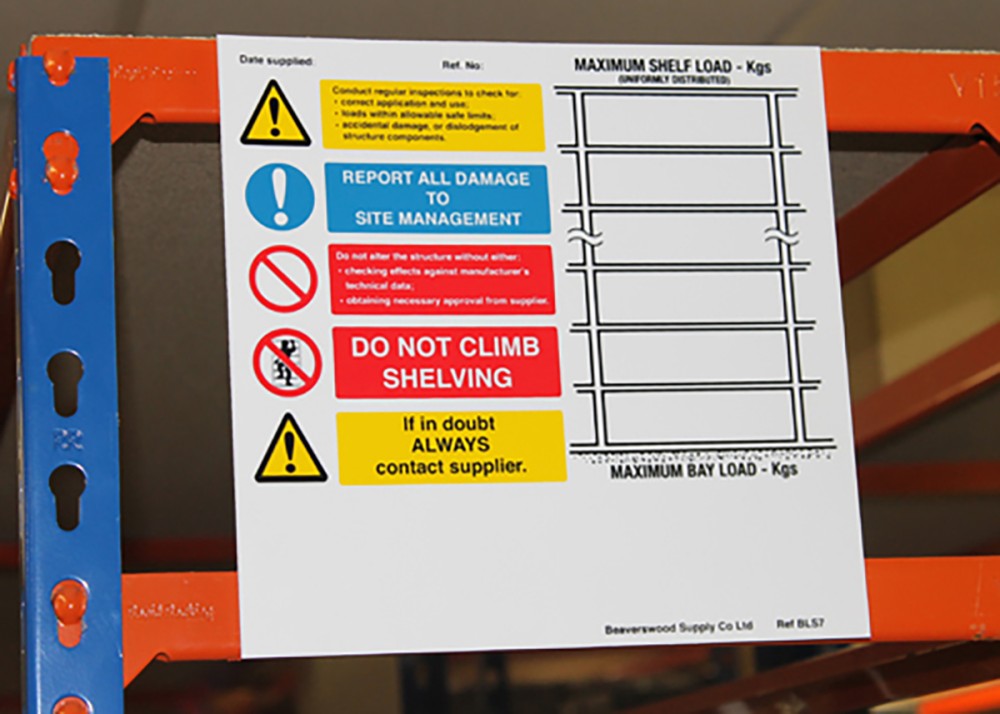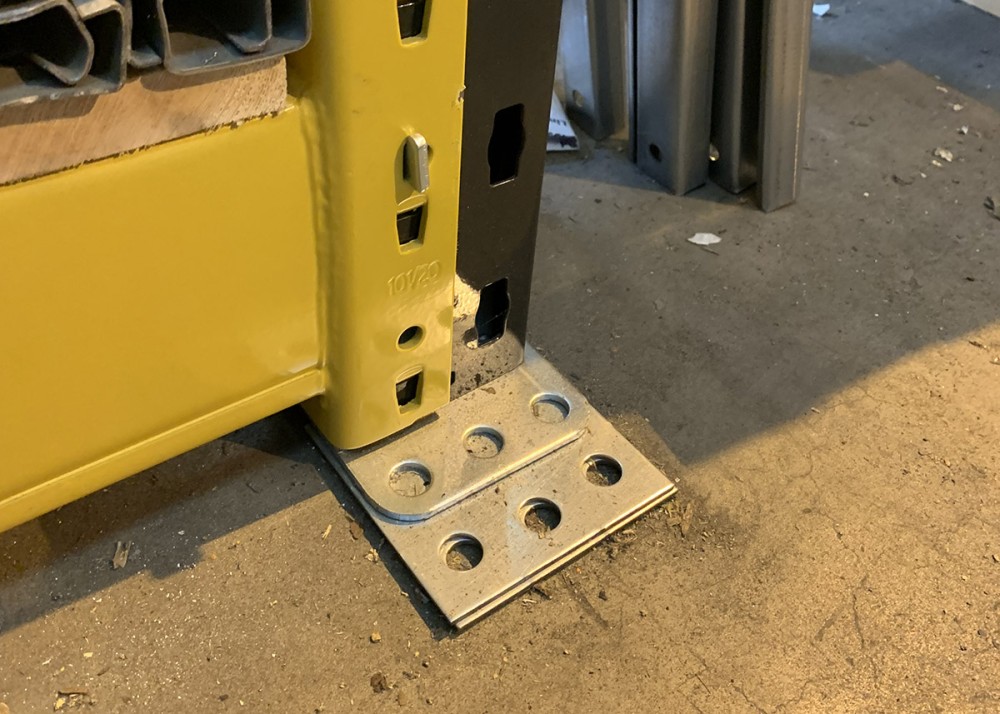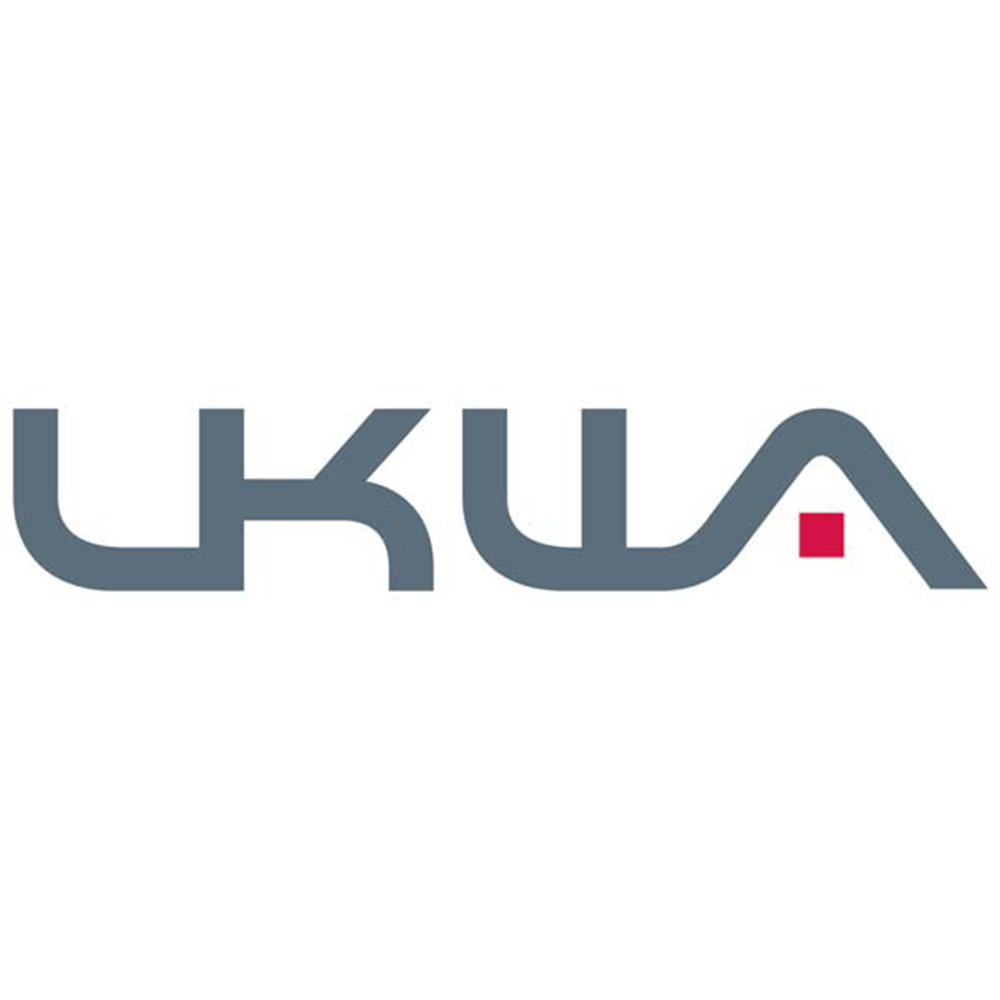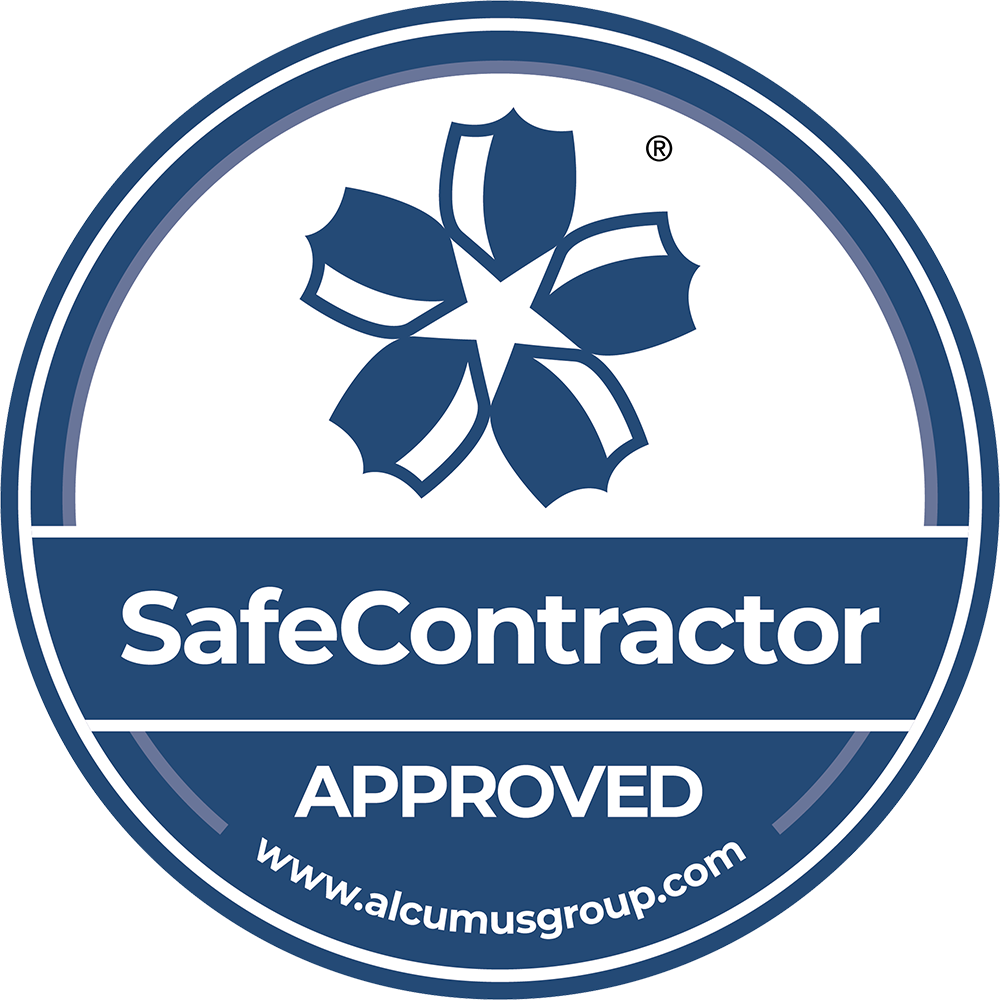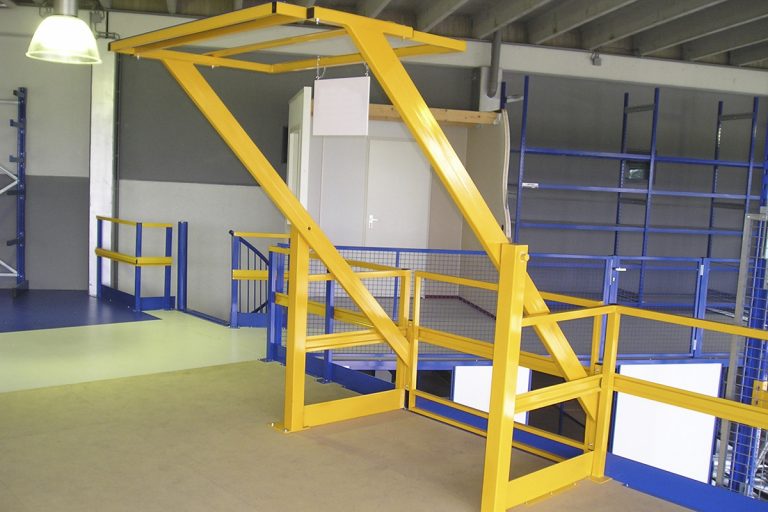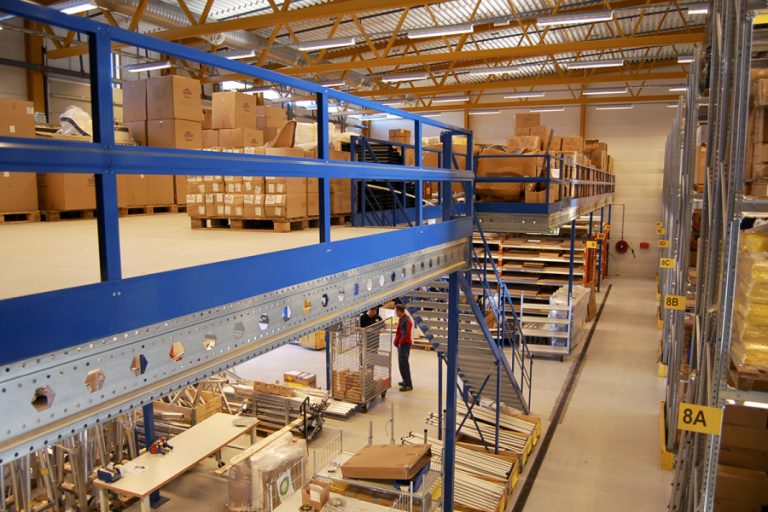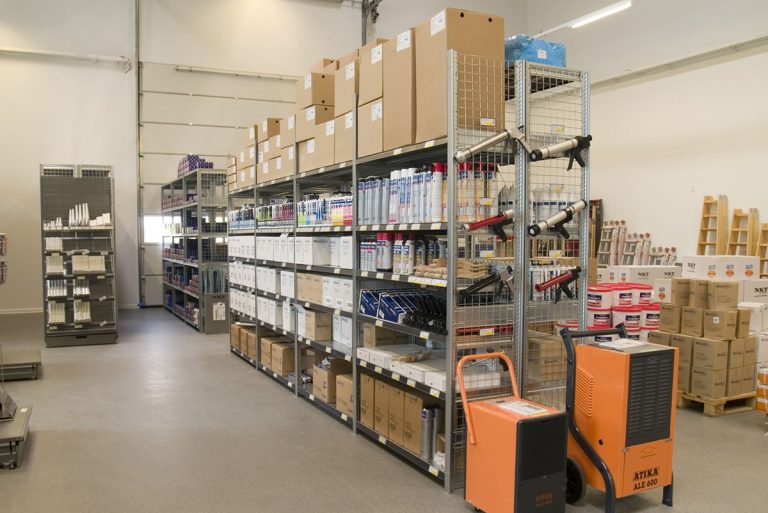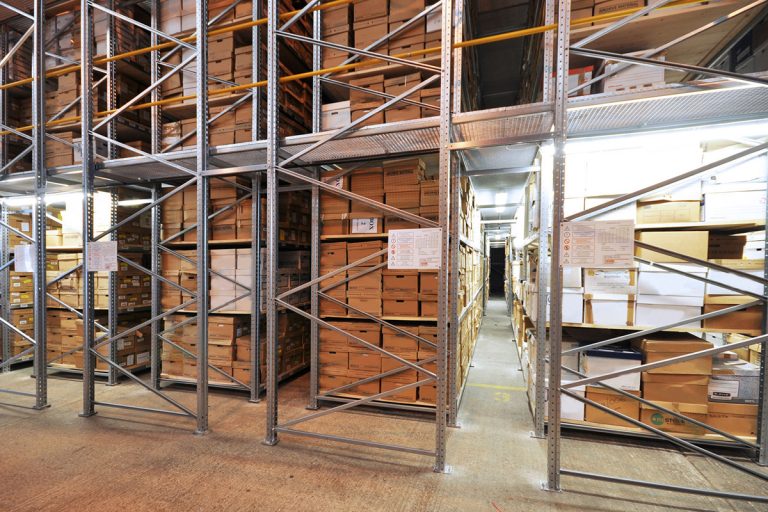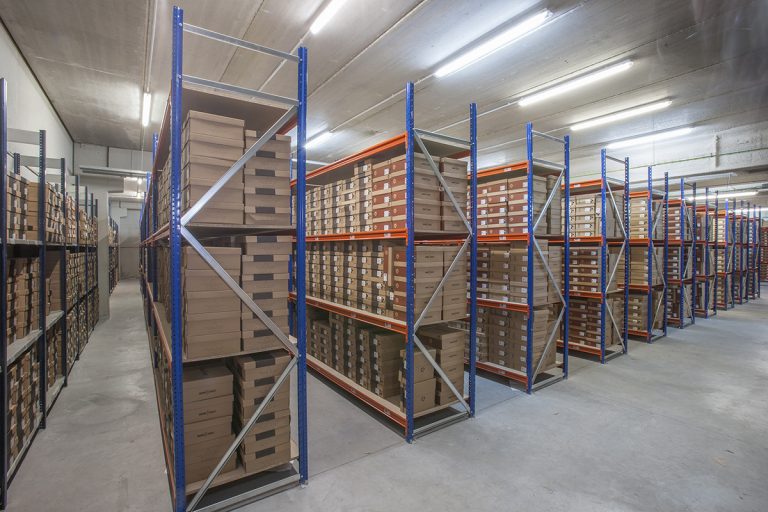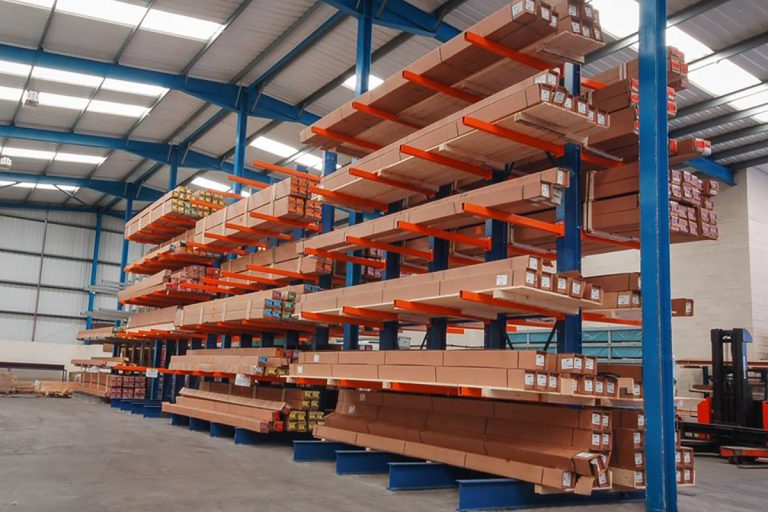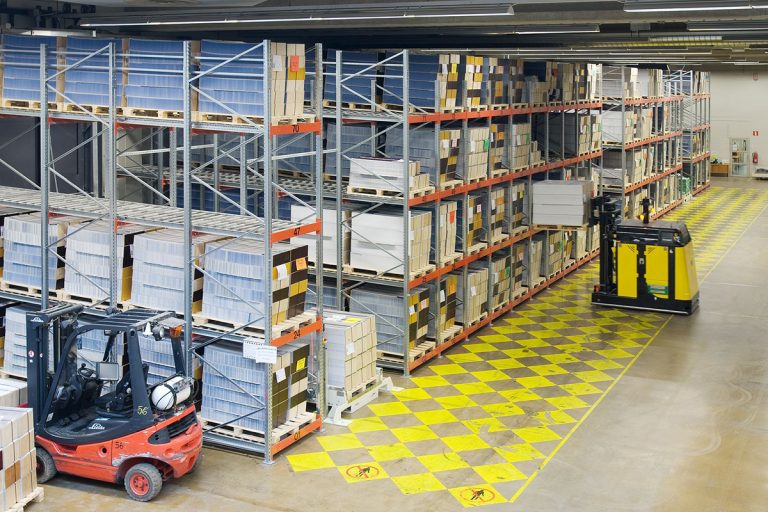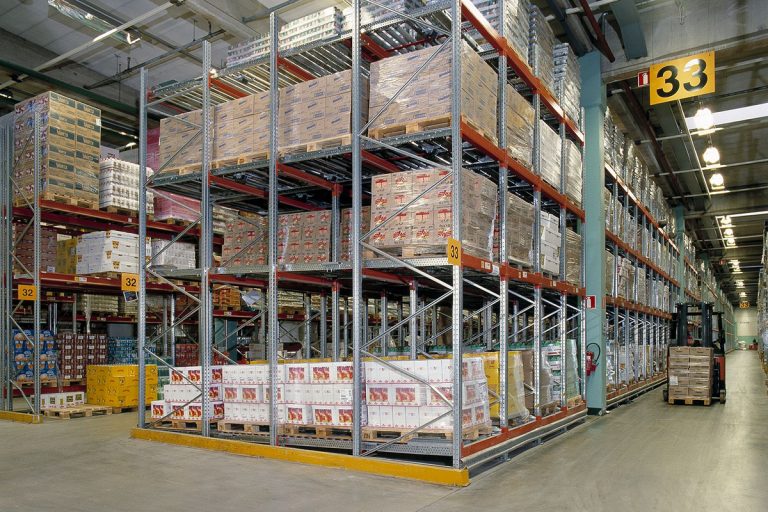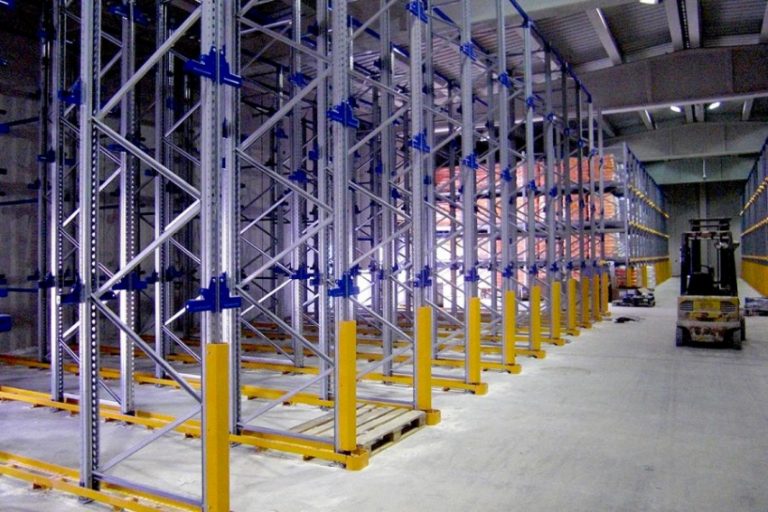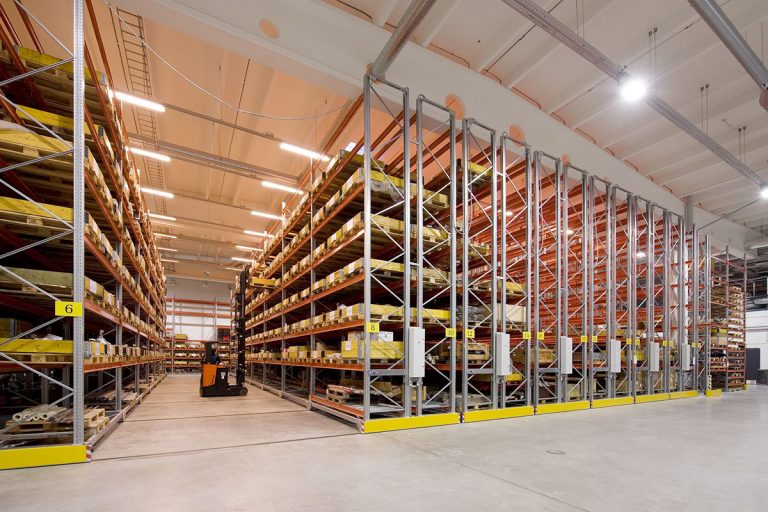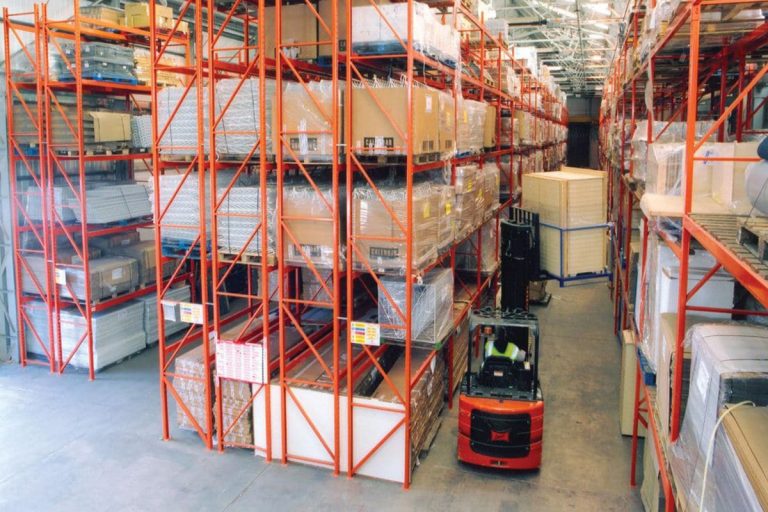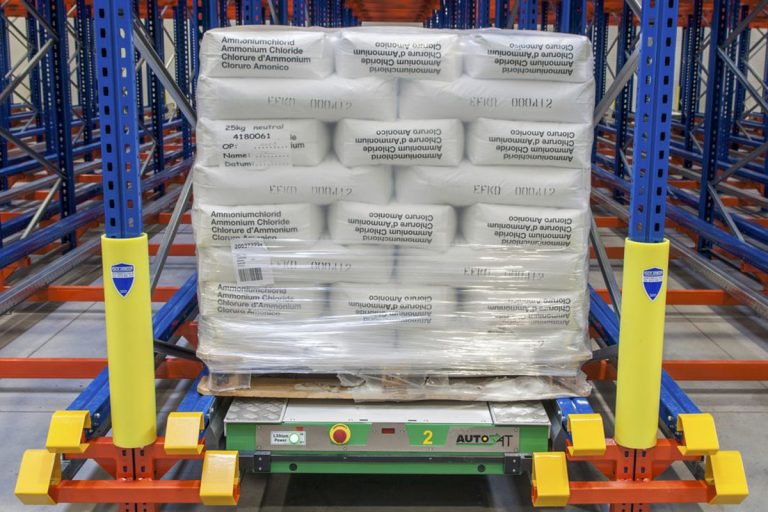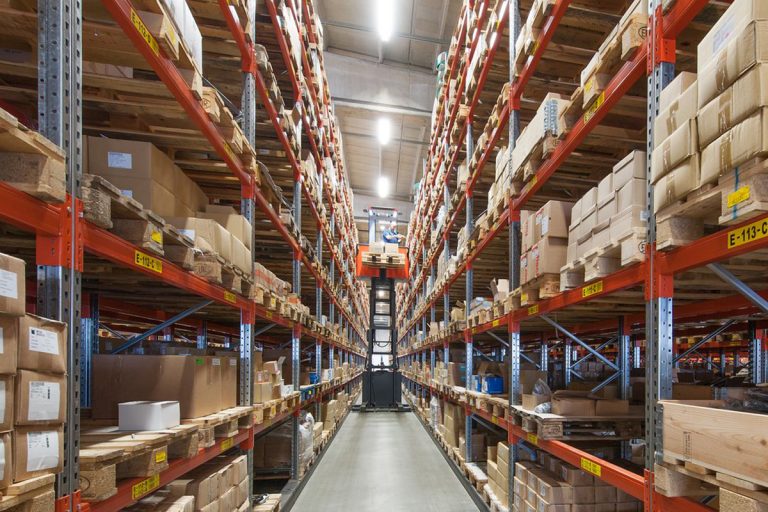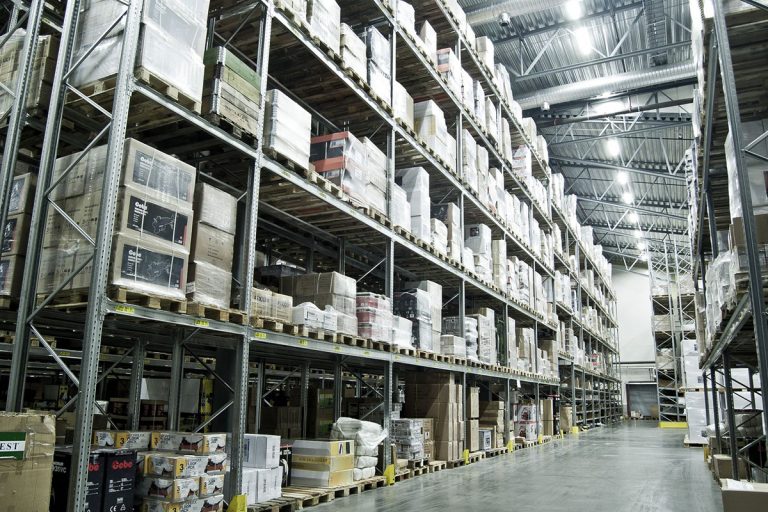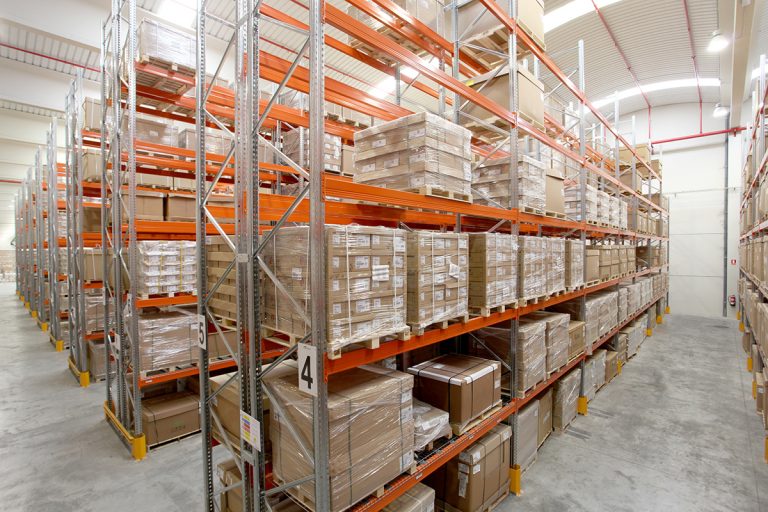Check Your Warehouse for Safety Issues
Keeping your warehouse in tip-top shape is key to making sure everything runs smoothly and safely.
Regular safety checks of your racking can prevent accidents, boost efficiency, and save on costly repairs or downtime. If you spot any damage on your racking, report it to your Person Responsible for Racking Safety (PRRS) as soon as possible for them to take the appropriate action.
Emil Malczewski, our Trainer here at Rack Group, discusses five other important things you should check in your warehouse today:
1. Check for Weight Load Notices on Racking
Every run of racking in your warehouse should have a Weight Load Notice (a.k.a. Safe Working Load Sign). These signs let everyone know the maximum weight each section can safely hold. Here’s what to do:
- Make them visible and readable: The signs should be easy to see and read.
- Ensure they’re accurate: Double-check that the load capacities match your specific racking setup.
- Keep them updated: If you’ve changed your racking or the types of goods stored, make sure the signs reflect that.
2. Inspect Beam End Connectors for Safety Locks
Each beam end connector in your racking system needs a beam safety lock or connector pin. This helps keep the beams securely in place. Here’s what to look for:
- Make sure they’re there: Every beam end connector should have a safety lock or pin.
- Use the right type: Ensure the pins are the correct ones for your racking type.
- Check their condition: Look for any wear or damage and replace any worn-out locks or pins.
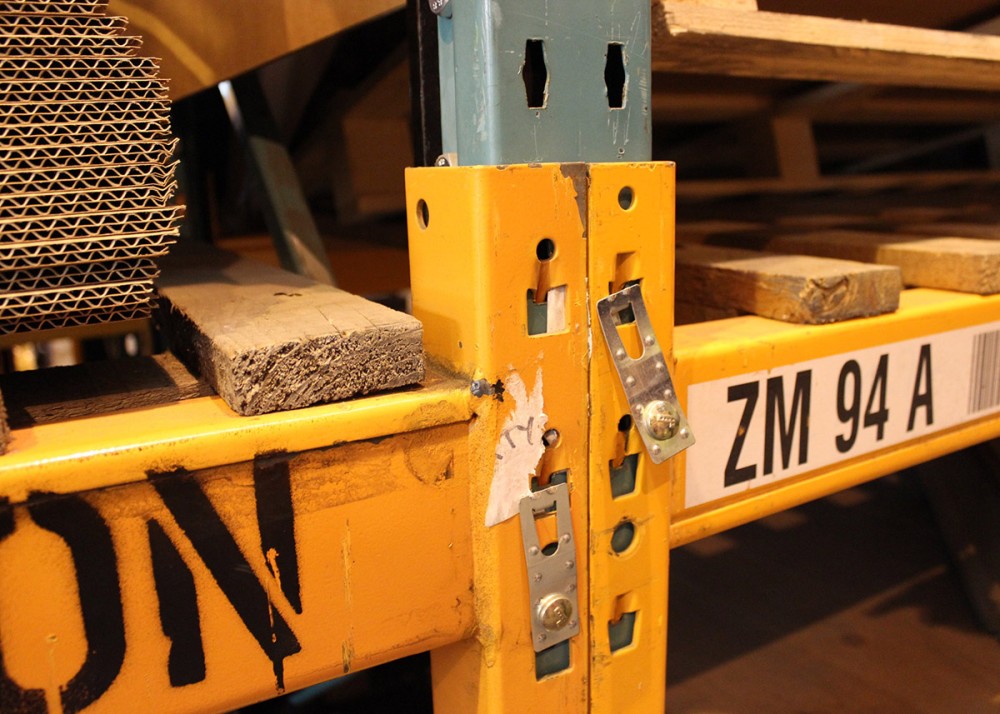
3. Ensure Racking Depth Matches Pallet Types
Your racking depth should match the types of pallets you’re storing to avoid overhang into aisles, which can be a safety hazard. Here’s a quick guide:
- Chep Pallets: Usually 1000mm deep.
- Euro Pallets: Typically 1200mm deep.
Most racking is set up at standard depths of 900mm or 1100mm. Make sure your racking depth fits the pallets you’re using to keep everything safe and tidy.
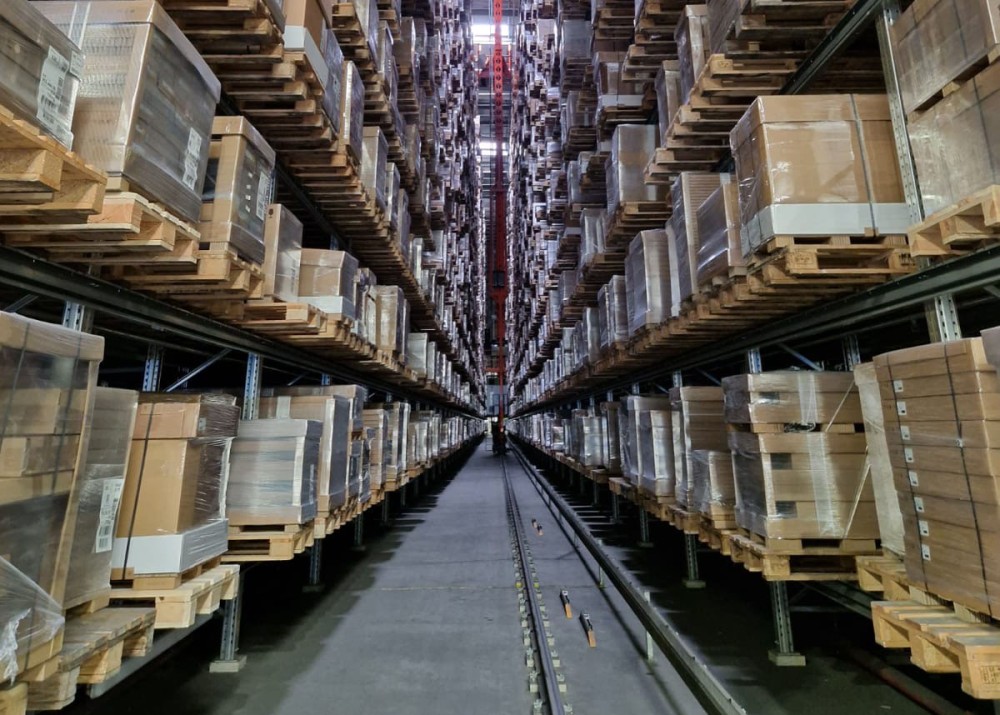
4. Check Baseplates for Secure Bolting
Every baseplate in your racking system should be securely bolted to the ground. This keeps the uprights stable and prevents them from shifting. Here’s what to do:
- Ensure at least one bolt: Each baseplate should have at least one bolt securing it.
- Add more if needed: Some baseplates have 2 or more holes; use these extra holes if you have to re-install a bolt.
- Regularly inspect: Look for any signs of movement or damage and secure or replace bolts and baseplates as needed.
5. Maintain Safe Clearance Above Stored Goods
To prevent accidents and ensure forklift safety, there should be a minimum clearance above your stored goods. Here’s the rule:
- 75mm minimum: There should be at least 75mm between the top of the stored goods and the beam above.
- Increase clearance with height: As the height of the stored goods increases, so should the clearance, since visibility from the ground decreases.
Regularly checking and maintaining this clearance helps prevent goods from being accidentally hit or damaged by forklifts.
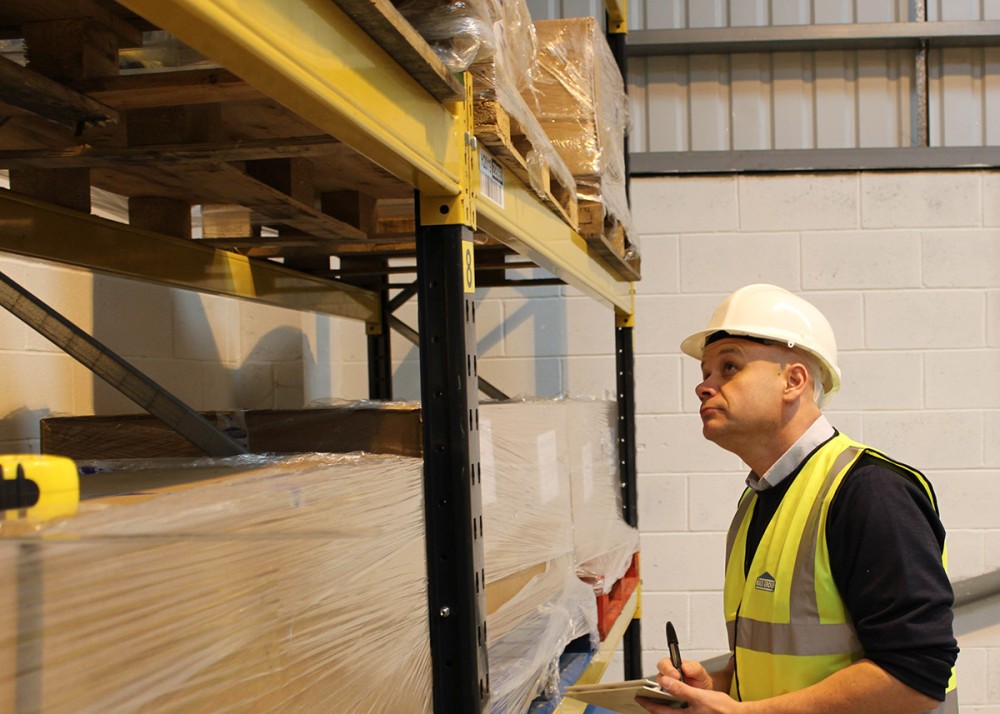
Conclusion
Doing these simple safety checks as part of your regular racking inspection can make a big difference in keeping your warehouse safe and efficient. By checking weight load notices, ensuring safety locks are in place, matching racking depth to pallet types, securing baseplates, and maintaining safe clearance levels, you’ll create a safer working environment for everyone.
For more tips and training on racking safety, click here. Our racking safety training courses can help your team keep your warehouse racking safe and compliant.
Latest News

The IWS Group Rebrand: One Group. One Mission.
A New Chapter for Rack Group: Stronger, Smarter, Safer We’re excited to announce the next chapter for Rack Group as part of the wider IWS Group rebrand. This refresh unifies all businesses within the group under a single vision, and Rack …
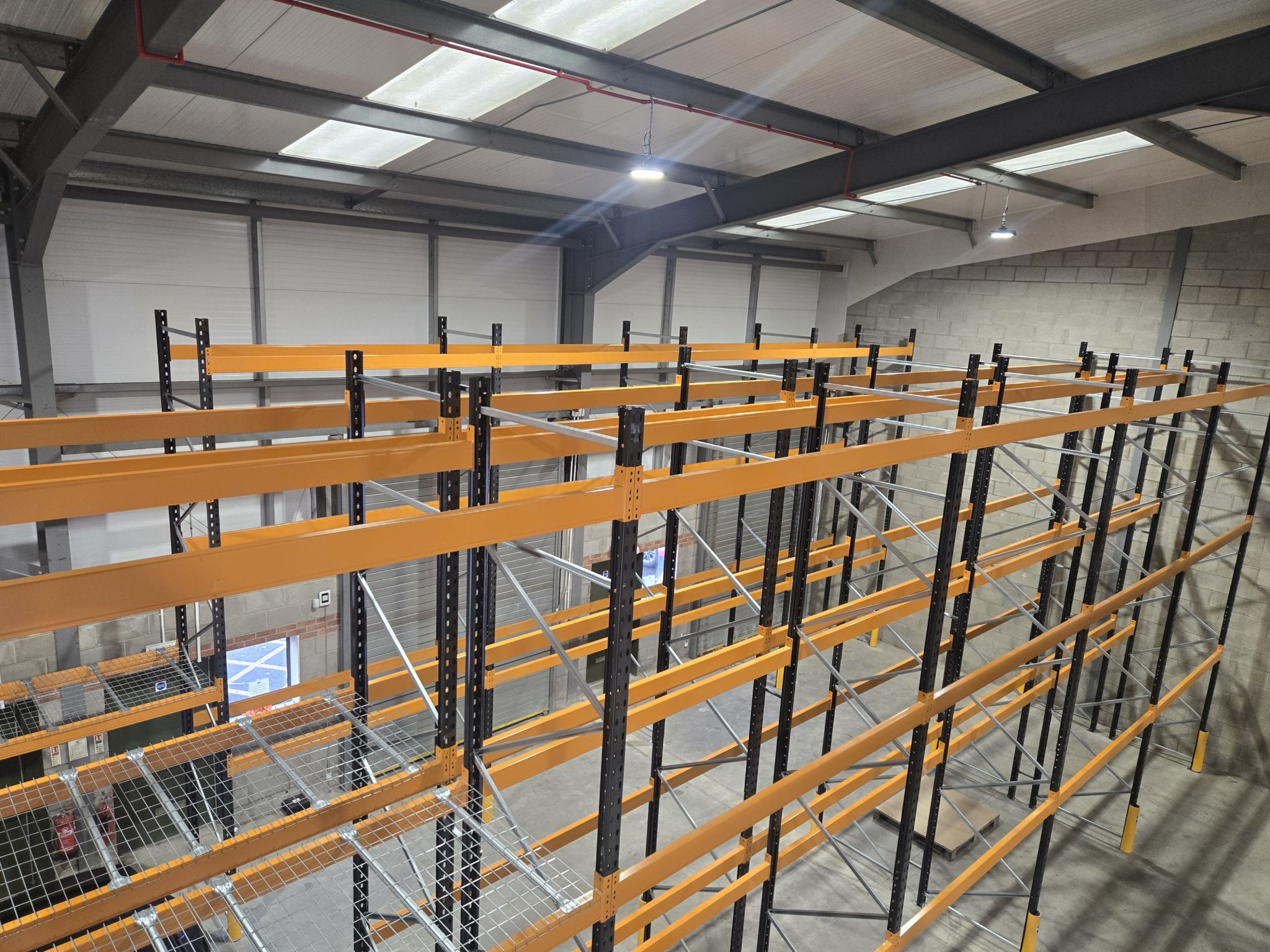
Optimising Warehouse Storage for RITS Logistics
Rack Group partnered with Rail Installation & Technical Services Ltd to design and install a tailored Link 51 pallet racking system, complete with Rack Armour® upright protection. The project maximised capacity, improved safety, and future-proofed their South West warehouse for growth.
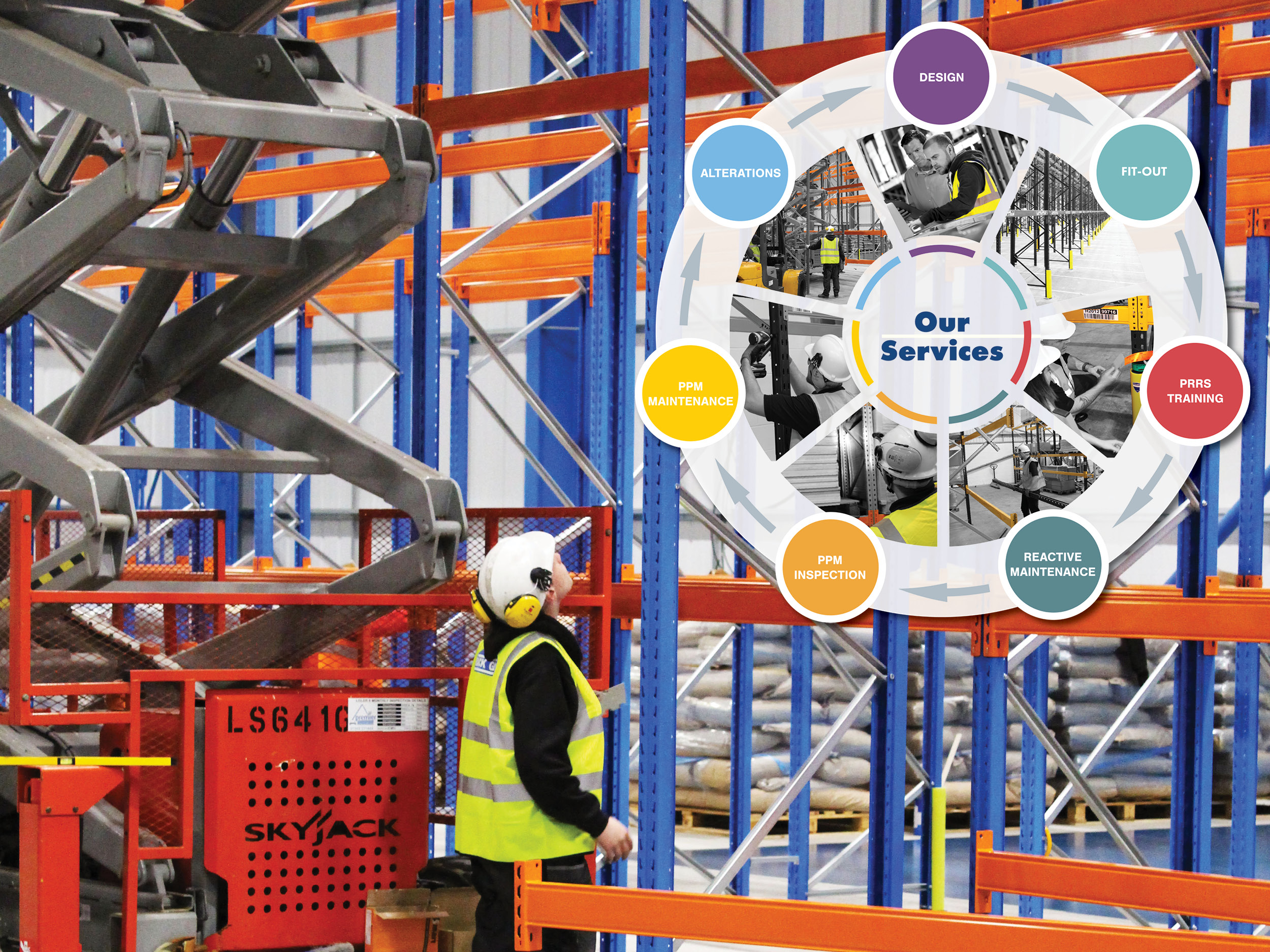
Top 10 Racking Regulations for Warehouse Safety
Understanding and complying with racking regulations is essential for maintaining a safe, efficient and legally compliant warehouse. In this guide, Rack Group outlines the top 10 UK regulations every warehouse owner and site manager should know – helping you reduce risk, avoid costly damage, and protect your workforce.

